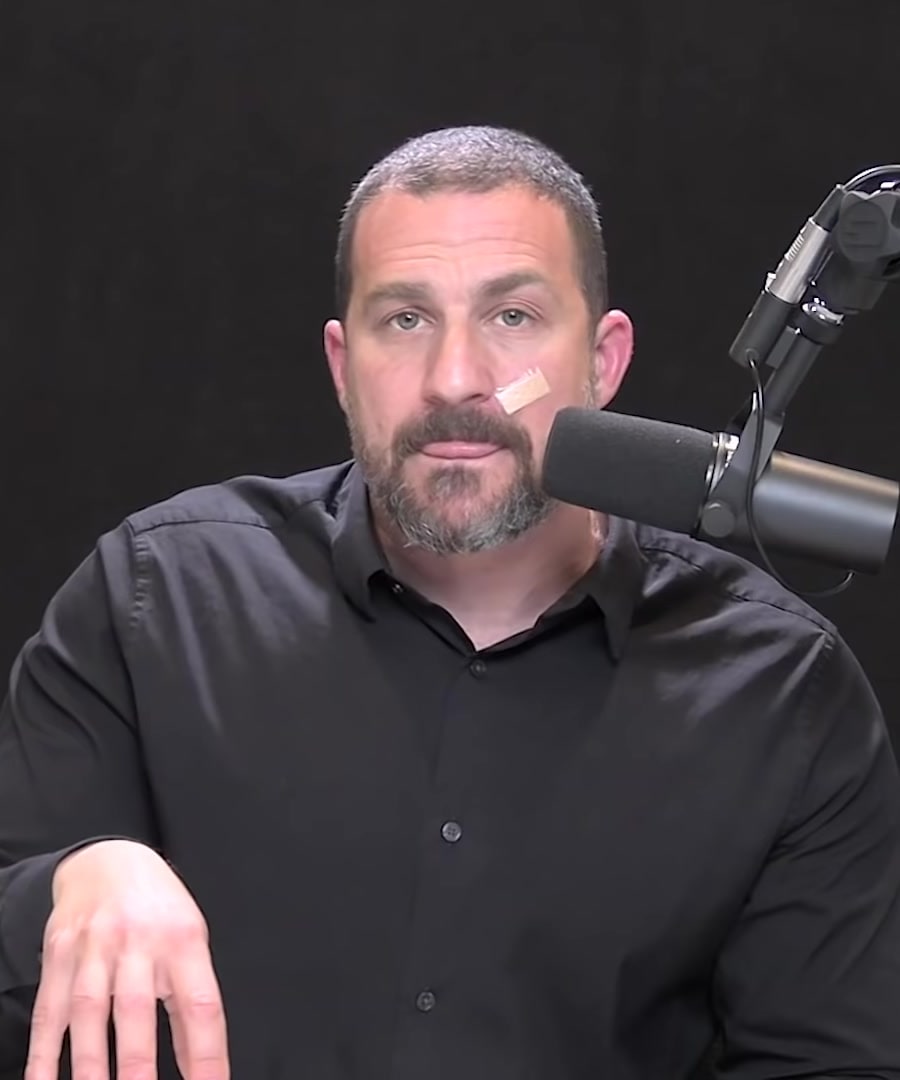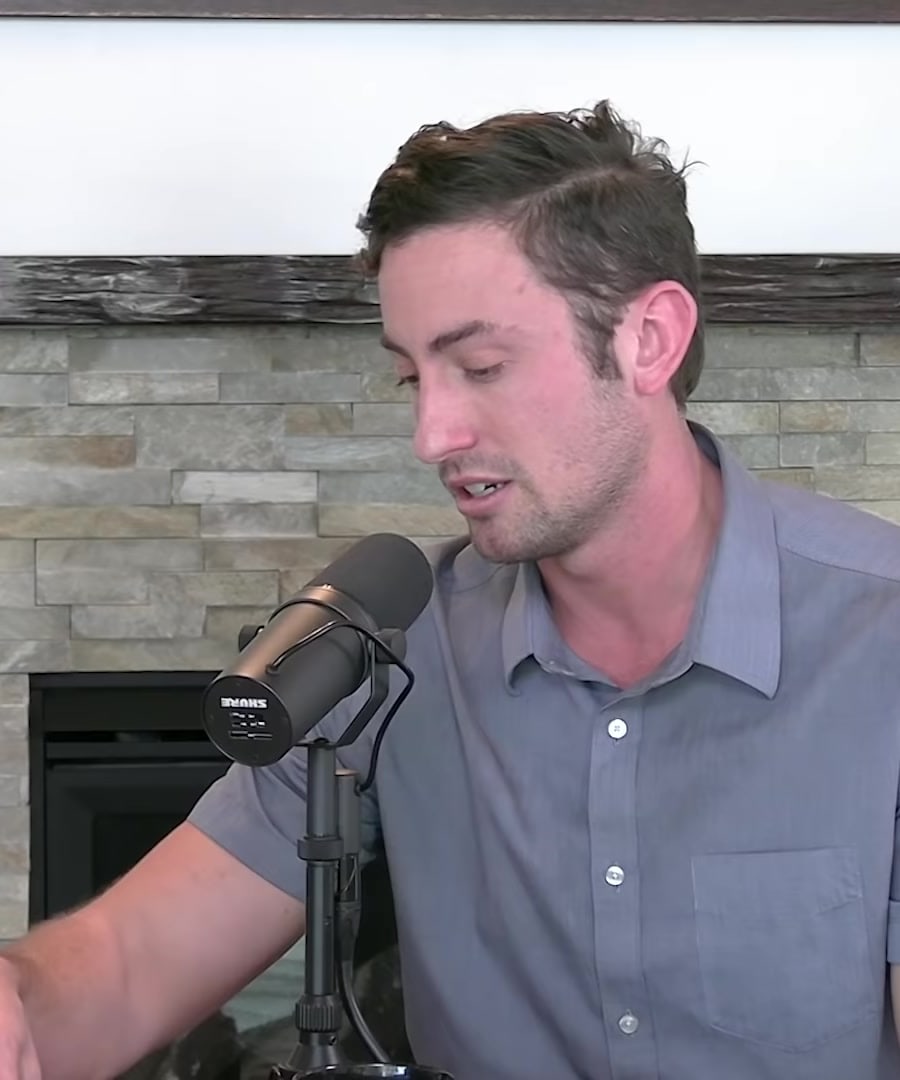sleep apnea solutions
Sources:
provides several solutions to address sleep apnea:
-
CPAP Device: Many people with sleep apnea use CPAP (Continuous Positive Airway Pressure) devices. These machines provide a steady stream of air through a mask to keep airways open during sleep, reducing apnea episodes 1.
-
Nasal Breathing: Encouraging nasal breathing during sleep can help alleviate symptoms. This can be achieved by taping the mouth shut with medical tape, which prevents mouth breathing and reduces snoring and apnea. Nasal breathing enhances oxygen intake and carbon dioxide expulsion, positively affecting sleep quality 1 2.
-
Positional Therapy: Changing sleep positions can also help. Sleeping on the back often worsens sleep apnea due to airway collapse. Shifting to side sleeping can reduce apneas significantly. Using pillows or devices to maintain this position during sleep has shown high efficacy in reducing apnea occurrences 3 4.
-
Lower-Intensity Cardiovascular Exercise with Nasal Breathing: Engaging in lower-intensity cardio while only breathing through the nose can help dilate nasal passages over time. This adaptation can translate into better nasal breathing during sleep, improving overall sleep quality and reducing apnea 5.
-
Environmental Adjustments: Addressing environmental factors like room temperature and humidity can also impact sleep quality. Properly optimizing the sleeping environment may alleviate apnea symptoms and improve sleep overall 3.
Additionally, notes that testosterone replacement therapy (TRT) can increase the risk of sleep apnea due to enhanced androgen activity, which can affect sleep patterns. Thus, monitoring and managing TRT is important for those on this therapy 6.
RELATED QUESTIONS-





